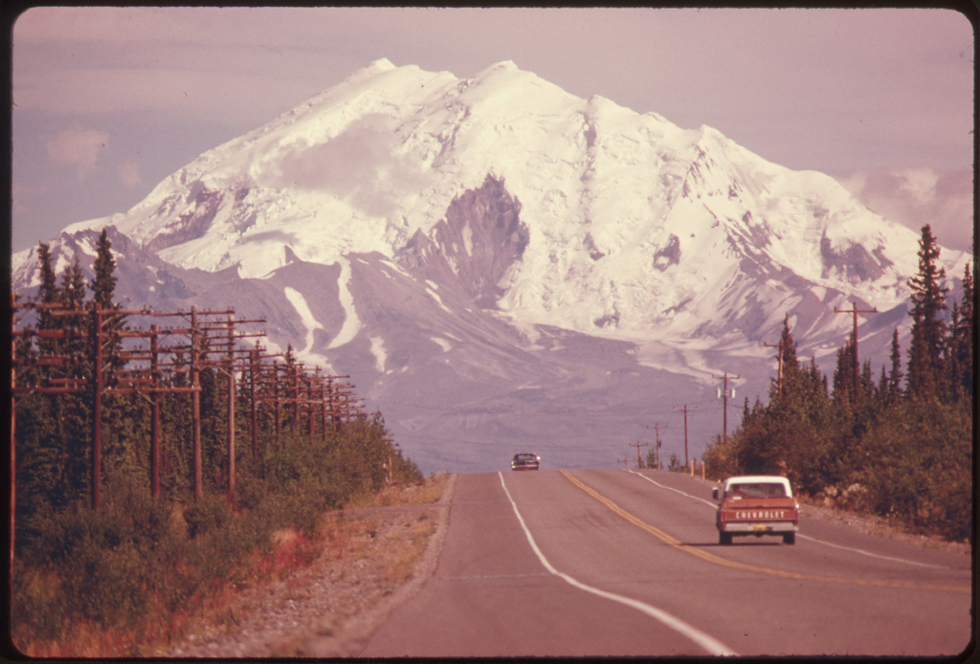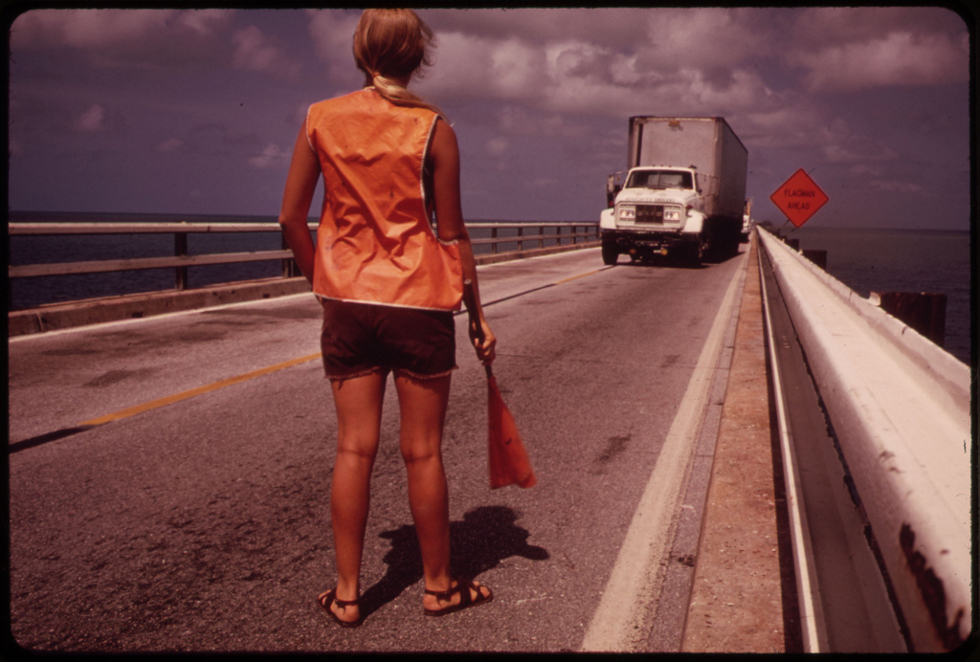
I’ve been havin’ some hard travelin’, I thought you knowed.
— Woody Guthrie, “Hard Traveling”
I’ve been hittin’ some hard travelin’ too.
— Bob Dylan, “Song for Woody Guthrie”
In the summer of 1978, after planning and saving for years, my whole family packed into an Itasca motorhome and spent six weeks driving a loop around the country, heading south from the Boston area on I-95, then west on I-40 (or was it I-70?), out to California, then back on the northerly I-90. I was ten years old, and the trip was more than a touristic venture to me. It was discovery on multiple levels. It was, in some sense, “the quest,” a term that I would later find helpful when I watched The Power of Myth, Bill Moyers’ series of interviews with Joseph Campbell, on PBS. It was history and myth come alive as we drove, walked, and slept in places we’d heard and read about, inhabiting stories in a material way. It was the sense of freedom of movement, and freedom from abstract responsibilities beyond the practical needs of the day. It was a process of self-discovery in every encounter with people, things, sounds, smells, sights, ideas, and stories that had not otherwise figured directly in my daily life at home.
For years after that summer the highway figured strongly in my imagination. I dreamed of living in a motorhome or a van, something mobile with a sense of self-sufficiency. By the time I was in college the American highways’ promises of adventure and freedom took another tangible shape in the form of Grateful Dead concert tours. Here, thousands of relatively like-minded Deadheads pictured America as a network of roads connecting nodes of familiar gathering sites that were the regular seasonal stops of the band that gave them an identity that was simultaneously deeply American (and tied to an American mythos) and yet an alternative to the American mainstream. Dead shows were places of experimentation, expression, and learning with a particular emphasis on the relationship between individuality and community. The unusual form of Deadhead community—only coming together physically periodically and temporarily, and never the same in each case, while simultaneously imagined as stable and lasting over great distances—was, it seemed to me, much like the sense of America that I had formed in my earlier highway travels. Shared roads, shared landscapes, shared experiences, and the shared stories brought the disparate together into some form of unity—or perhaps what Victor Turner meant by “communitas.”
When I graduated from college, by then a veteran of Dead tours, I had one thing on my mind. I packed up my Volkswagen bus and headed out on the highway with no particular destination in mind. I lived in that bus for months, driving wherever my whims took me. I was discovering America, and in the process discovering myself. Or, more accurately, the America that I came to know and study and the self that I became were co-constituted by the highway.

On the road again –
Just can’t wait to get on the road again.
— Willie Nelson, “On the Road Again” (1980)
Page 1 of 4 | Next page